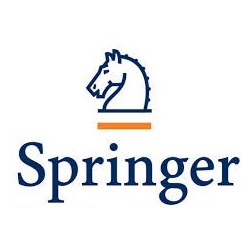Abstract
Total Productive maintenance (TPM) is increasingly implemented by many organizations to improve their equipment efficiency and to obtain the competitive advantage in the global market in terms of cost and quality. But, implementation of TPM is not an easy task. There are certain enablers, which help in the implementation of TPM. The utmost need is to analyse the behaviour of these enablers for their effective utilization in the implementation of TPM. The main objective of this paper is to understand the mutual interaction of these enablers and identify the ‘driving enablers’ (i.e. which influence the other enablers) and the ‘dependent enablers’ (i.e. which are influenced by others). In the present work, these enablers have been identified through the literature, their ranking is done by a questionnaire-based survey and interpretive structural modelling (ISM) approach has been utilized in analysing their mutual interaction. An ISM model has been prepared to identify some key enablers and their managerial implications in the implementation of TPM.








